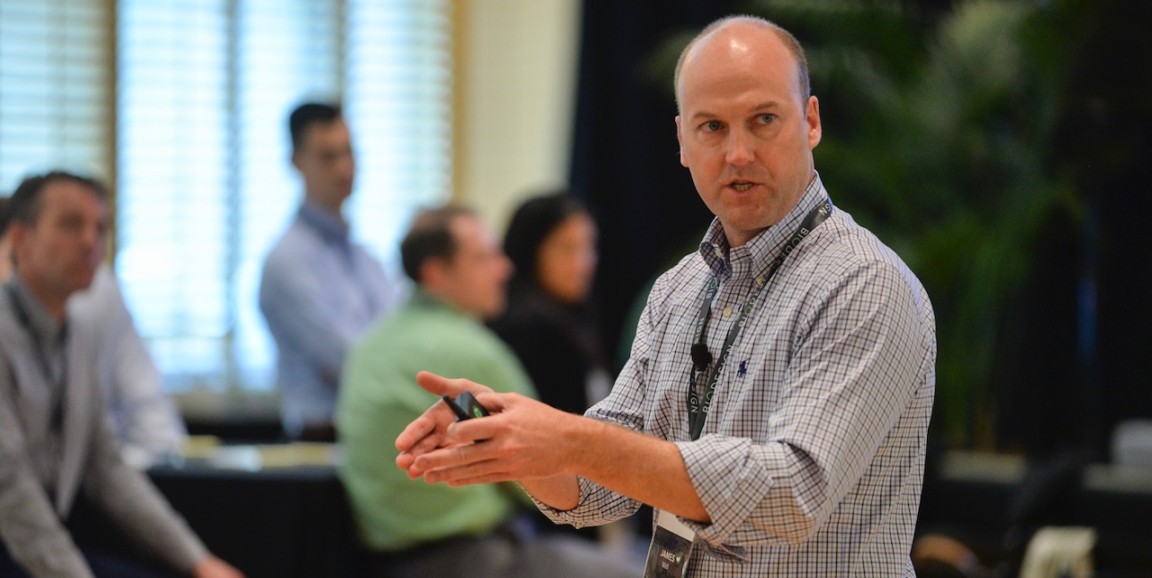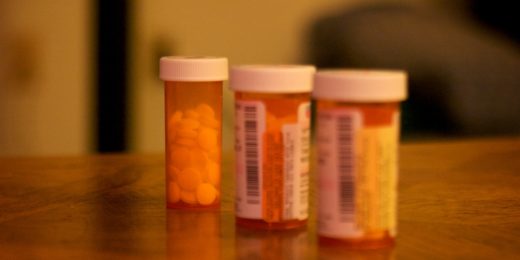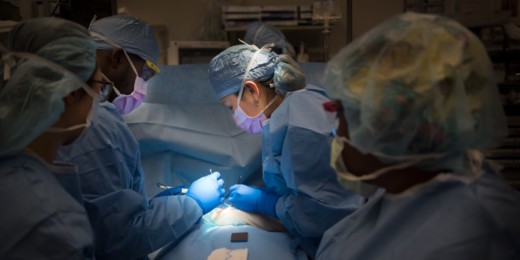For years, pediatric surgeon James Wall, MD, has observed his colleagues using a cold therapy device to significantly reduce post-operative pain in kids recovering from surgery to repair a sunken chest wall.
"The procedure basically resets the skeleton in one fell swoop, so the first few weeks of recovery are pretty painful," Wall said. "Typically, we prescribe three weeks of systemic drugs including opioids. But then we began hearing from colleagues around the country that cryotherapy significantly decreased the need for these medications."
There is a catch, though.
The device, which uses extreme cold to temporarily block nerve signals, was approved by the U.S. Food and Drug Administration for use in adults, but not in adolescents. "It's a common occurrence," Wall said. "Most medical devices used to help kids have never actually been studied in kids."
This is because getting devices approved for use in children typically requires a large clinical trial of pediatric patients, Wall said.
"These are expensive and hard for manufacturers to justify because the pediatric market is small," he said. "There is also a perception of increased risk and liability around clinical trials involving children that causes many companies to shy away."
Putting data to use
But change is underway. An approach to regulatory decision-making that uses information about how a medical device has performed in patients who are not in a clinical trial -- known as real-world evidence -- is making it easier to evaluate the safety and effectiveness of devices for pediatric patients.
The UCSF-Stanford Pediatric Device Consortium, which Wall co-directs on behalf of the Stanford Byers Center for Biodesign, is one of the first to use this approach. The team worked with the cryotherapy device manufacturer to provide performance information not gathered in a trial to help the FDA evaluate the risks and benefits of using the device in kids.
The data in this case was routinely collected information from the electronic health records of pediatric patients who were treated with the device. "The data helped the FDA see how the device performed in a large number of patients'' who weren't enrolled in trials of the device, said Elizabeth Gress, manager of the project for the Consortium.
After evaluating the approach in combination with the results of a small (20-patient) clinical trial, the FDA cleared the therapy for post-operative pain management in adolescents.
"This was one of the first-ever uses of real-world evidence to achieve regulatory clearance for a pediatric population," said Wall. "It's an approach that holds huge promise as an accessible regulatory pathway that maintains high standards of safety and efficacy for patients. Our hope is that more device manufacturers follow suit, which will make more new technologies available to pediatric patients."
Getting beneficial devices to kids
Regulatory clearance is essential even though doctors are permitted to use devices "off label," which is when a physician uses a device that the FDA hasn't approved for treating a particular condition or patient population, Wall explained. Doctors are allowed to do this if, in their professional judgment, it is the best option for their patients.
While off-label usage allows some pediatric patients to benefit from new therapies, it's not optimal. "When devices are explicitly cleared for use in kids, doctors and hospitals are more comfortable using them, which leads to much more widespread use," said Gress.
In pediatrics, where few devices are designed specifically for kids, physicians have to collect as much information as they can -- from studies or from talking to colleagues, including at conferences, and to patients and their families to decide whether a device might benefit their patients.
"Imagine the benefit of consolidating that data and using it to inform regulatory decisions as well as best clinical practices," Wall said.
Expanding access to safe and effective pediatric devices is only one of the key missions of the UCSF-Stanford Pediatric Device Consortium, Wall said. The consortium also aims to increase the number of new technologies developed for kids by providing funding, mentoring, and other support to innovators with promising ideas.
"Innovation for kids lags innovation for adults by five to 10 years at best," said Wall. "By accelerating technology development and access, we can improve care for pediatric patients and ultimately transform lives."
Photo by Rod Searcey






